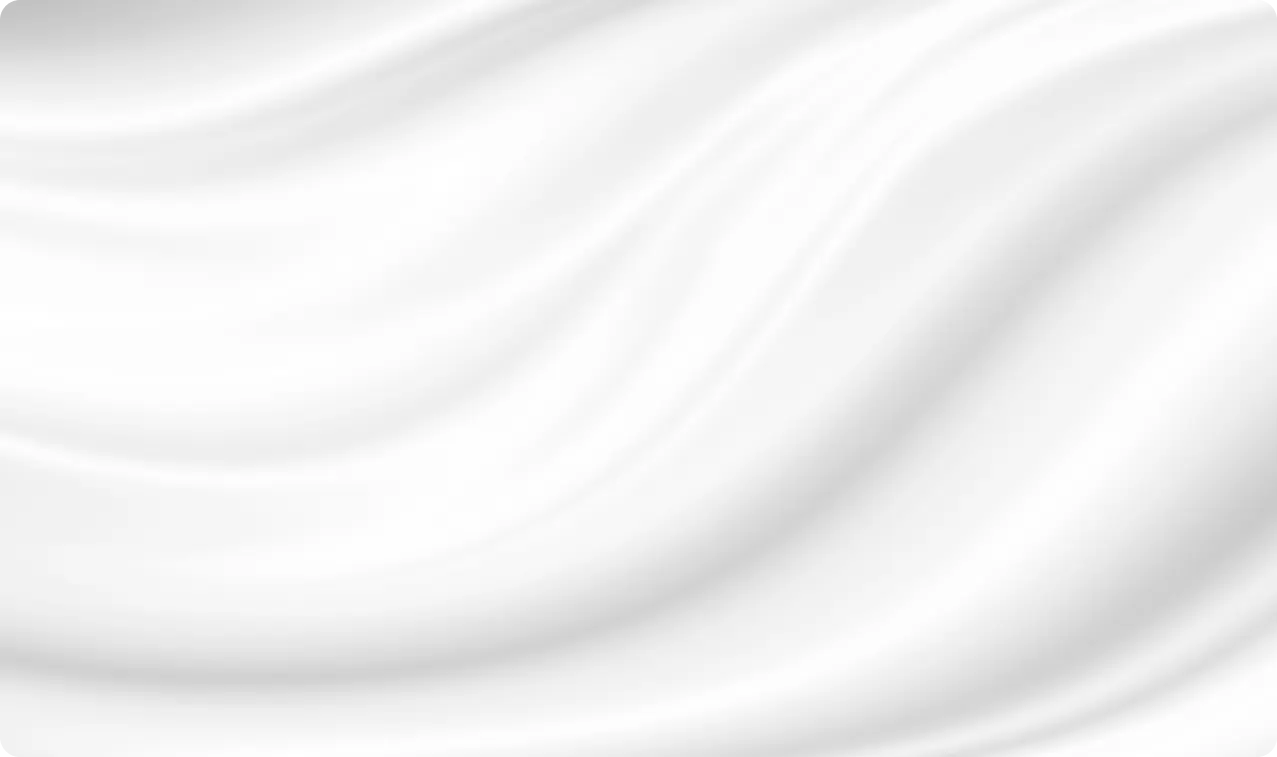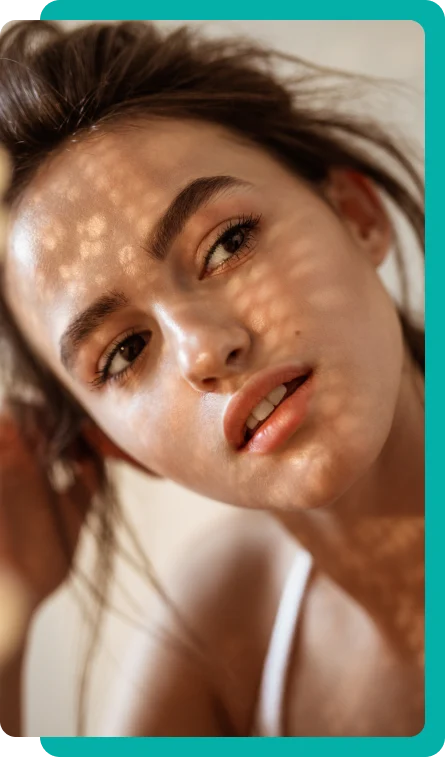For Patients
About
For Providers
Locations
Blog
Contact
Menu
Midface injectables like cheek fillers are some of the most drastic and effective ways to address the signs of aging. Aside from increasing cheek volume, they can also help with facial contouring, helping with fine lines and severe wrinkles, and affect other areas of the face like the temples. However, these effects are only possible with a thorough understanding of the landmarks needed for cheek filler.
What are the best landmarks for cheek filler injections? Typically, injectors are trying to avoid the arteries that are found around and under the zygomatic bone. These are the major carotid artery, the infraorbital artery, the transverse facial artery, and its associated branches. Proper understanding of where these arteries are (and the best practice for injection) can help cosmetic providers conduct their treatments safely and efficiently.
For a simple overview, you can divide the landmarks needed into two categories for cheek fillers: deep and superficial. Deep injections are filler areas that are close to the bone, while superficial injections are areas around the fatty parts of the cheek.
While the facial anatomy of each patient can differ depending on many key factors – for example, by gender – there are specific areas that injectors should always avoid during cheek filler treatment. These areas are often close or overlap with major arteries or a cluster of veins.
The major carotid artery travels right underneath the zygomatic bone, which means injectors need to follow the bone structure to avoid puncturing the artery itself or any veins. As long as you inject along the bone, you should have relatively safe injections on the cheek area.
The facial artery branches off from the carotid artery and can be identified by a small notch near the jawline and on the bone when the masseter muscle is clenched. It’s a deep artery that has a fairly consistent position no matter the patient. Injecting superficially around this vein is a relatively safe zone for cheek fillers.
The infraorbital artery is located slightly underneath the orbital rim, parallel to the supraorbital artery found around the eyebrows. It’s an extremely deep artery that runs down into the face. Injectors should administer their filler treatment laterally (even if the injector comes in deep), and the needle should be directed away from the artery into superficial zones.
Given all the different considerations needed for cheek filler, patients may be wondering if going for cheek implants (like fat grafting or other similar soft tissue treatment) may be a more worthwhile or safe option. The answer to this is a bit complex.
While cheek implants and other surgical procedures can give patients their desired results, this does come with the caveat of being intensive, non-reversible, and long-term treatments compared to dermal filler injections.
Cheek fillers require knowledge of anatomic landmarks and injection depth to avoid most complications, but the majority of the procedure is non-invasive. Specific brands like HA fillers can even be reversed if the patient isn't satisfied with the results.
If you're just looking for a way to manage a wrinkle or give your cheeks a little extra volume, cheek filler injections are still the easier way of managing facial aging. With a skilled provider, they can easily work with the landmarks in the cheek filler to give you the best results possible.

Cheek filler mapping is a crucial step that any provider and patient should undergo before cheek filler treatment. No matter how experienced your cosmetic provider is with cheek fillers or how used their patient is to dermal fillers, cheek filler mapping is crucial for having a safe and successful treatment.
There are also other reasons why studying cheek filler mapping (and cheek filler anatomy) is so crucial:
There are several brands and types of filler that your provider can choose for your cheek filler injection, but the fillers should always be:
These qualities are what’s referred to as the “rheology” of your dermal filler, and are something that should be considered by your provider before your injection.
Cheek filler mapping helps with this by giving your provider an idea of the specific type of filler that has the best rheology for the results that you want. Cheek fillers usually demand high viscosity for precise facial contouring, especially if they’re being used to replace plenty of lost volume.
By determining the different entry points needed during your cheek filler injection, it becomes easier for your provider to pick the right type of dermal filler for the best possible results.
Dermal filler treatments are non-invasive and leave less trauma to the skin compared to other cosmetic procedures like plastic surgery. However, if your injector is careless or inexperienced, you can end up with severe complications after your treatment, like:
In most cases, these severe complications usually occur if the dermal filler was administered incorrectly, or if a mistake was made about the facial mapping for the injection site before the procedure. Proper cheek filler mapping and studying of a patient’s facial anatomy can help prevent this from happening.
As a patient, one of the best ways you can protect yourself from severe complications is to find an experienced cosmetic provider who has the training and certification needed to administer cheek filler injections. Make sure to do your research before deciding on a provider, and always stay in touch with your doctor while recovering from your treatment.
Cheek fillers can affect a larger portion of the face since they can cover a broad area. They’re one of the most important areas that give your face its contours, and can even affect other areas of the face based on their placement.
Proper cheek mapping can help cheek fillers do the following:
By studying a patient’s cheek anatomy, providers are better equipped with the knowledge needed to give them the results that they want. It’s important for cheek filler treatment to have natural-looking outcomes that blend well with the surrounding skin since any cheek augmentation affects other parts of the face.
One factor that can drastically affect the safety and outcome of cheek filler treatment is whether a cannula or a needle is used. Each technique has its own considerations.
Traditional needlepoint injection has been used in the vast majority of dermal filler treatments, primarily because of its precision and ease of use. The tradeoff for this is that it has a higher chance of puncturing its way through veins and tissue, which can cause additional discomfort, bruising, or bleeding for the patient.
Cannulas are a more advanced method used for dermal filler treatments where minimizing discomfort is a major concern for the patient. Pushing rather than piercing its way through the skin, cannulas decrease pain and bruising for the patient during and after the procedure – though it requires more skill to use.
If you’re thinking about whether you should opt for a needle or a cannula during dermal filler injection, it's best to keep the following considerations in mind:
Overall, cannulas require more experience, skill, and equipment to use compared to needle treatments. Patients who are comfortable with their chosen cosmetic provider can opt for cannula treatment, though most experts will still advise needle technique for the majority of cheek filler injections.

A provider needs to know the landmarks for cheek filler injection to give their patient the best possible outcome from their injectable filler treatment. Not only does this require a thorough understanding of facial anatomy, but it also heavily relies on their own experience and skill with cheek filler treatment and dermal fillers overall.
If you’re looking for a cosmetic provider that has extensive experience with cheek filler injections, book an appointment with Dr. Lanna Aesthetics today. Our experience with using cheek fillers for cheek augmentation can give you the results that you want without the risk of severe complications. Get in touch with us today for an appointment.

Join Dr. Lanna & Dr. Doshi for a Transformation
Unlock the possibilities with our certified facial and oculofacial plastic surgeries. Attend our free webinar to find out how we can tailor solutions for you, with financing available to fit your budget.
